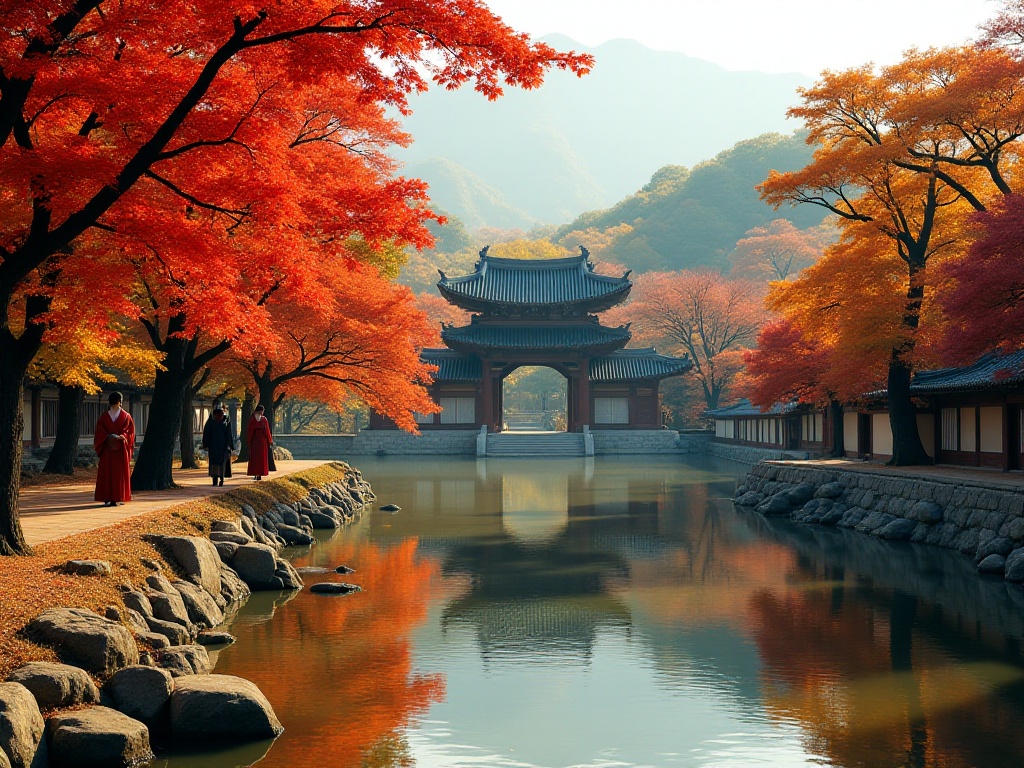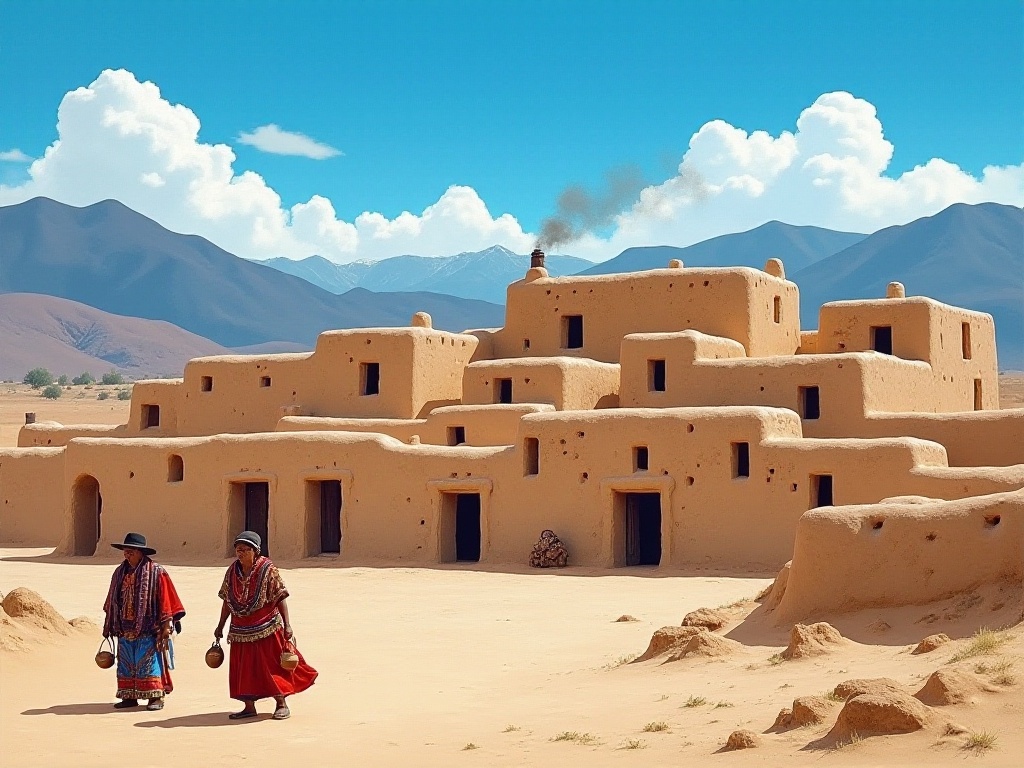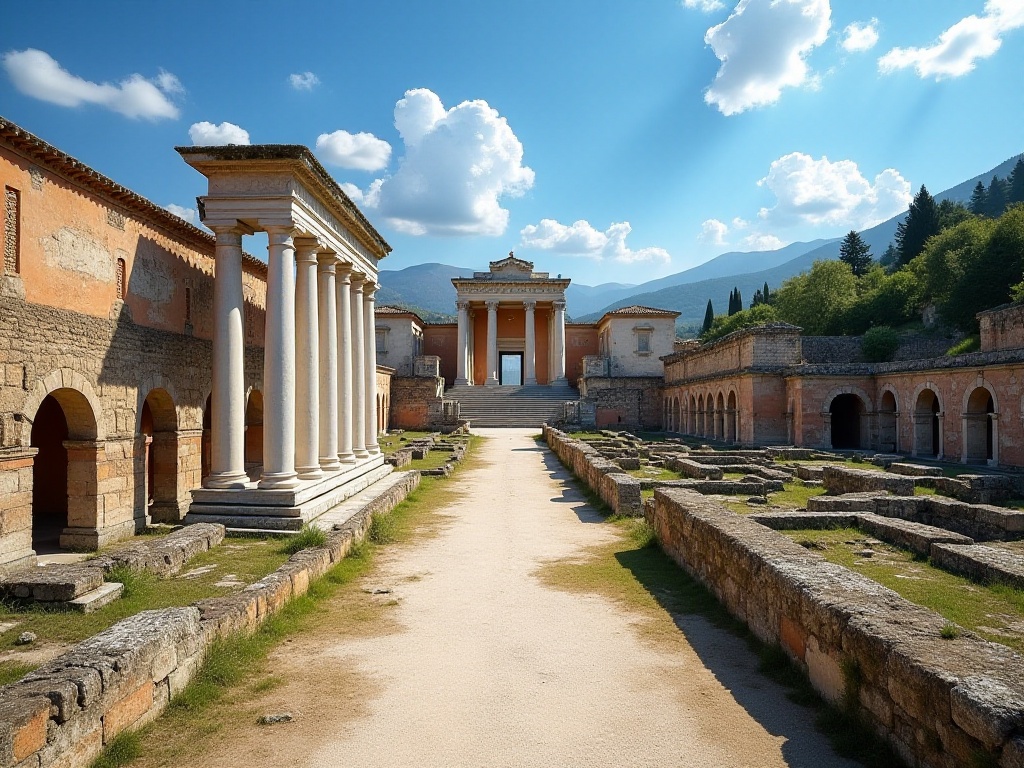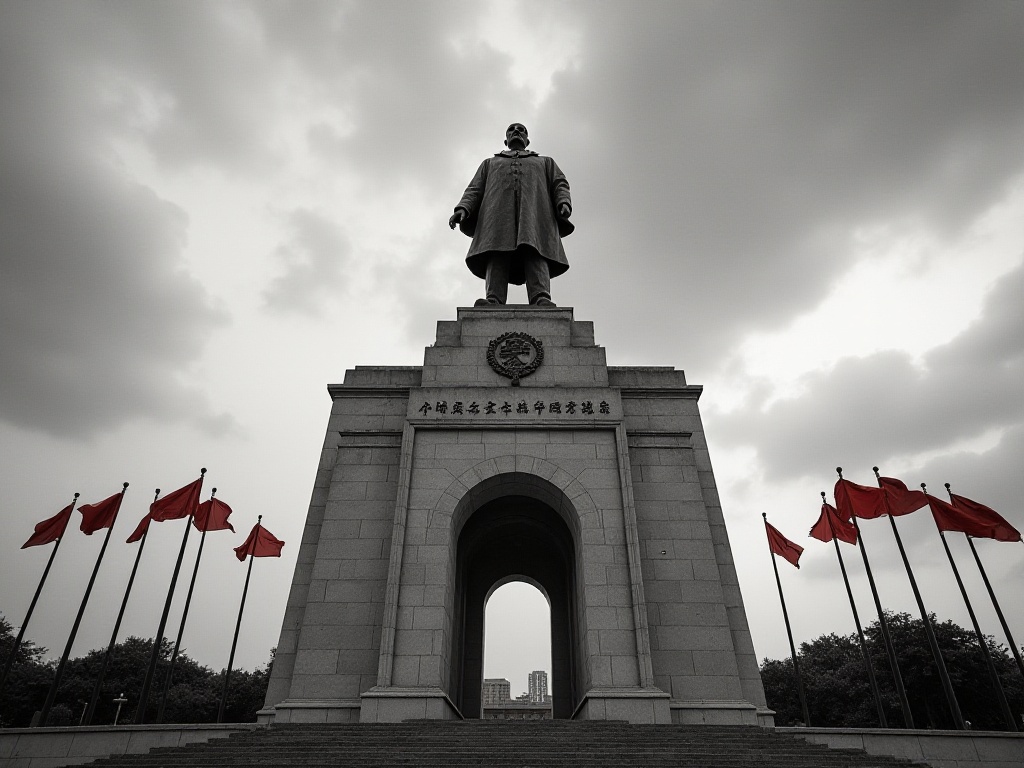First Encounter
Hello everyone! Today I'm taking you on a different journey in Cambodia. Not to Angkor Wat or Angkor Thom, but to two ancient pagodas hidden in the countryside - the Chroi Tum Cha Pagoda and the Srei Kro Sang Pagoda. Though these ancient pagodas aren't famous, their stories and artistic value are truly astounding.
To be honest, when I first heard about these two pagodas, I thought they were just some obscure tourist spots. It wasn't until I stood before them that I was deeply moved. I remember that day, taking nearly four hours by car to reach the destination. The entire journey was on muddy country roads, bumping around until I almost got carsick. But when I saw those orange-pink spires gleaming in the sunlight from afar, all my fatigue instantly vanished.
Artistic Treasure
The Chroi Tum Cha Pagoda is truly beautiful! Its color combination is absolutely perfect, with orange and pink harmoniously blending together, appearing both majestic and gentle in the sunlight. Built in 1465, this ancient pagoda is surrounded by various tropical plants - banana trees, coconut palms, and banyan trees - layers of green making the pagoda appear even more spectacular.
Standing before the pagoda, looking up at this 43-meter-tall structure, I felt filled with awe. Every detail reveals the craftsmen's dedication: the intricate carvings at the eaves, the delicate patterns on the walls, and the various mythical beast designs. These are the essence of traditional Khmer architectural art.
Stepping inside the pagoda, cool air hits your face, and the wall reliefs are breathtaking. These reliefs feature rich themes, including majestic Buddha images, the winged Garuda birds ready to take flight, and Kinnari goddesses holding lotus flowers. Each relief is lifelike, seeming to tell ancient legends.
I was particularly interested in the reliefs depicting daily life scenes, such as farmers working in fields, merchants trading, and monks chanting sutras. These reliefs not only show the social life of that time but also provide valuable information about ancient Khmer people's way of life.
The 2018 restoration project breathed new life into this ancient pagoda. The restoration team used the most advanced techniques, preserving the original artistic features while incorporating new elements. The main hall adopts a neoclassical style, with magnificent golden decorations perfectly blending with ancient stone carvings, allowing people to experience the collision of tradition and modernity.
After restoration, the pagoda's interior space became more open, with natural light falling through carefully designed skylights, adding a mysterious atmosphere to the reliefs. I particularly enjoy coming here in the early morning, watching sunlight slowly climb up the walls, making the reliefs seem to dance in light and shadow, filling the entire space with vitality.
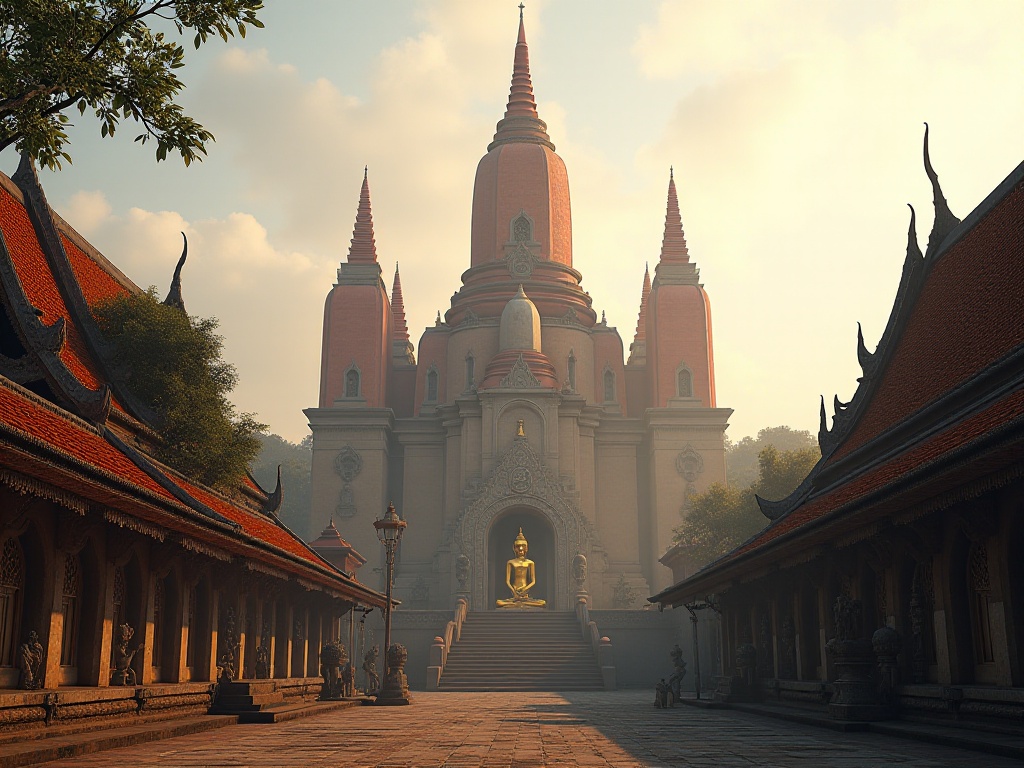
Revolutionary Holy Site
Speaking of the Srei Kro Sang Pagoda, its story is even more interesting. Built in 1775, this pagoda is located in the middle reaches of the Sokchang River, covering an area of 22,230 square meters - quite an impressive scale. The name "Dawn of the Cork Trees" sounds poetic, doesn't it? It's said to be named after the large cork forests that once grew here, creating a unique landscape when sunlight filtered through the trees each morning.
This pagoda complex is truly magnificent, including halls, the main Buddha hall, monk residences, and crematoriums. Each building has its unique function and symbolic meaning. For example, the five towers in the main Buddha hall represent Buddhism's spread in five directions: east, south, west, north, and center.
I particularly love the corridors in the pagoda, with exquisite murals on both walls telling stories of Buddha and Khmer history. Walking through the corridors feels like traveling back in time, experiencing the weight of history. The corridor ceiling is carved with intricate lotus patterns, each petal lifelike.
The pagoda's courtyard is planted with various tropical plants and some ancient bodhi trees. It's said that several trees are over 200 years old. While resting under the trees, you can often see squirrels jumping around, adding vitality to this solemn place.
This pagoda played an important role during the Anti-American War, becoming a revolutionary base. Many revolutionaries held secret meetings and passed intelligence here. In 2004, it was officially designated as a provincial revolutionary historical relic, a title not given lightly. The pagoda still preserves some items used during that time, such as old printing presses and leaflets, which have become precious historical witnesses.

Modern Significance
In today's fast-paced modern society, the existence of these two ancient pagodas is particularly precious. They are not only witnesses to history but also active cultural centers. The Srei Kro Sang Pagoda, in particular, frequently hosts various cultural and educational activities.
I was fortunate to participate in the New Year celebration here, and it was truly impressive. Devotees and tourists from around the world gathered together, with chanting, bells, and drums echoing through the ancient buildings. Colorful garlands decorated every corner, and the air was filled with the scent of sandalwood. Monks in orange robes solemnly conducted various ceremonies.
The pagoda also organizes many activities for young people. For instance, they regularly hold traditional culture courses teaching Khmer language, traditional dance, and music. I once participated in a traditional instrument playing class, and although I was terrible at it, the experience of personally engaging with traditional culture was truly special.
Young people today seem increasingly interested in traditional culture. Every weekend, you can see many young people coming here to take photos, sketch, or simply sit in the courtyard lost in thought. In this noisy world, the ancient pagodas have become a peaceful sanctuary.
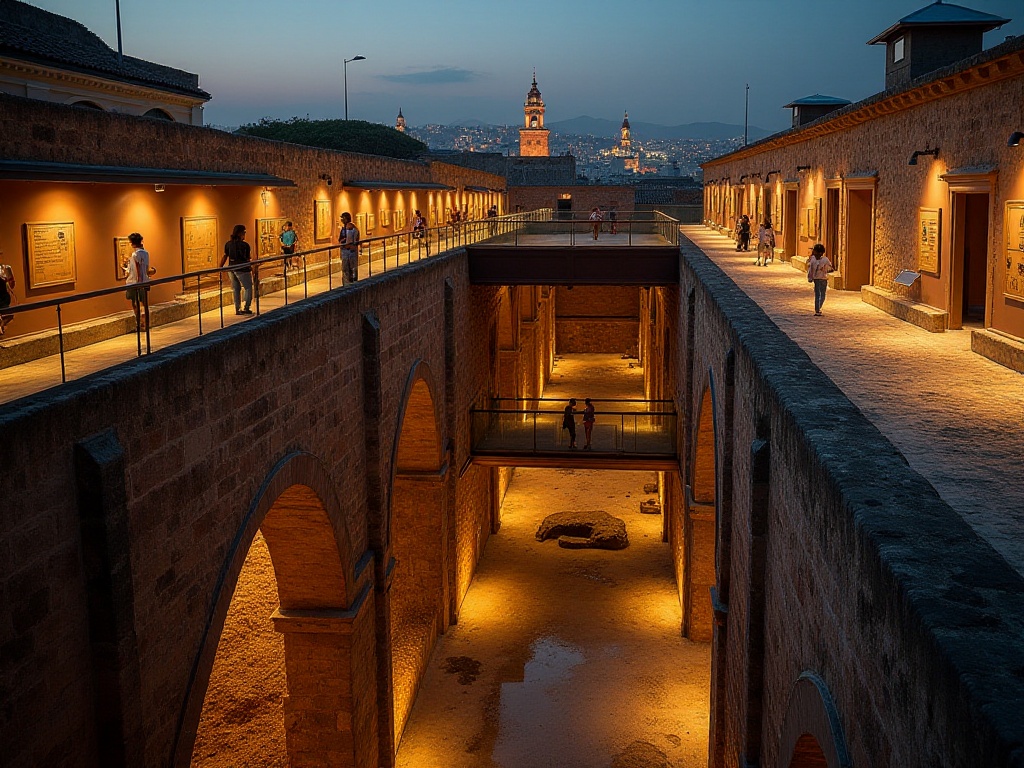
Travel Tips
If you want to visit these two pagodas, I recommend visiting in the morning or evening. Cambodia's sun is really intense, making it difficult to keep your eyes open at noon. Six or seven in the morning is the best time, not only is the temperature pleasant, but you can also enjoy beautiful sunrises.
Regarding clothing, it's best to wear sneakers as there are many steps to climb. If women wear skirts, it's advisable to bring a shawl, as shoulders and knees should be covered when entering temples. Sun protection is essential - prepare a hat, sunscreen, and sunglasses.
For transportation, I recommend hiring a private car as both pagodas are quite remote with inconvenient public transportation. You can ask your hotel to help contact reliable drivers, with prices generally between 30-50 USD. Remember to agree on the itinerary and price with the driver beforehand.
It's best to do some research about the pagodas' historical background before visiting. This helps better understand the architectural details and artistic features during the visit. If budget allows, I recommend hiring a guide who can share many interesting historical stories.
Remember to bring enough water, as shops around the pagodas tend to be expensive. Make sure your camera has enough battery as there will be many scenes worth capturing. If you want to photograph sunrise or sunset, it's best to bring a tripod.
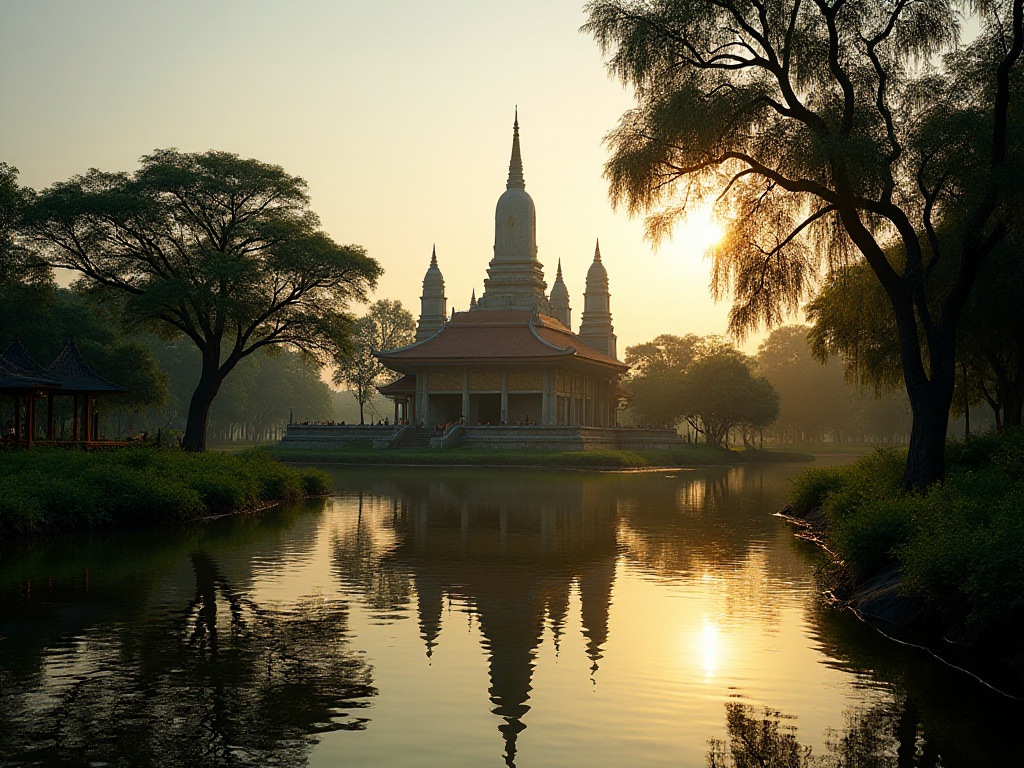
Conclusion
Every time I recall my experiences at these two pagodas, I'm amazed by the greatness of human civilization. They are like time capsules, carrying thousands of years of history and witnessing the changes of civilization. In those ancient stones, we can read the wisdom of our ancestors and feel the eternal charm of art.
These pagodas hidden in the countryside may never be as famous as Angkor Wat, but their value is not diminished because of this. On the contrary, it is precisely this low-key existence that allows them to truly maintain their original appearance and continue telling those ancient and moving stories.
Everyone who comes here has different feelings. Some are moved by the exquisite art, some are shocked by the long history, and some find inner peace here. But regardless, these two pagodas are worth our heartfelt experience and discovery.
If you have the chance to visit Cambodia, why not slow down and walk into these two pagodas, letting time take you back to that mysterious and wise era. Perhaps on some quiet morning or evening, you too, like me, can find your own touching moment among the ancient walls.




